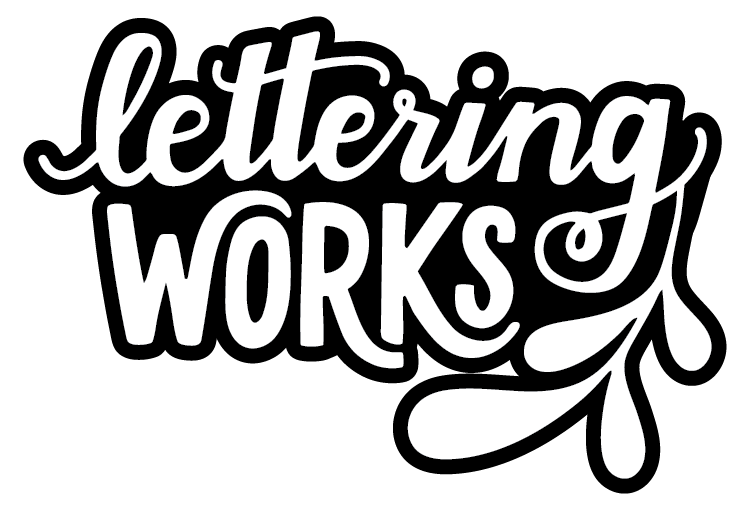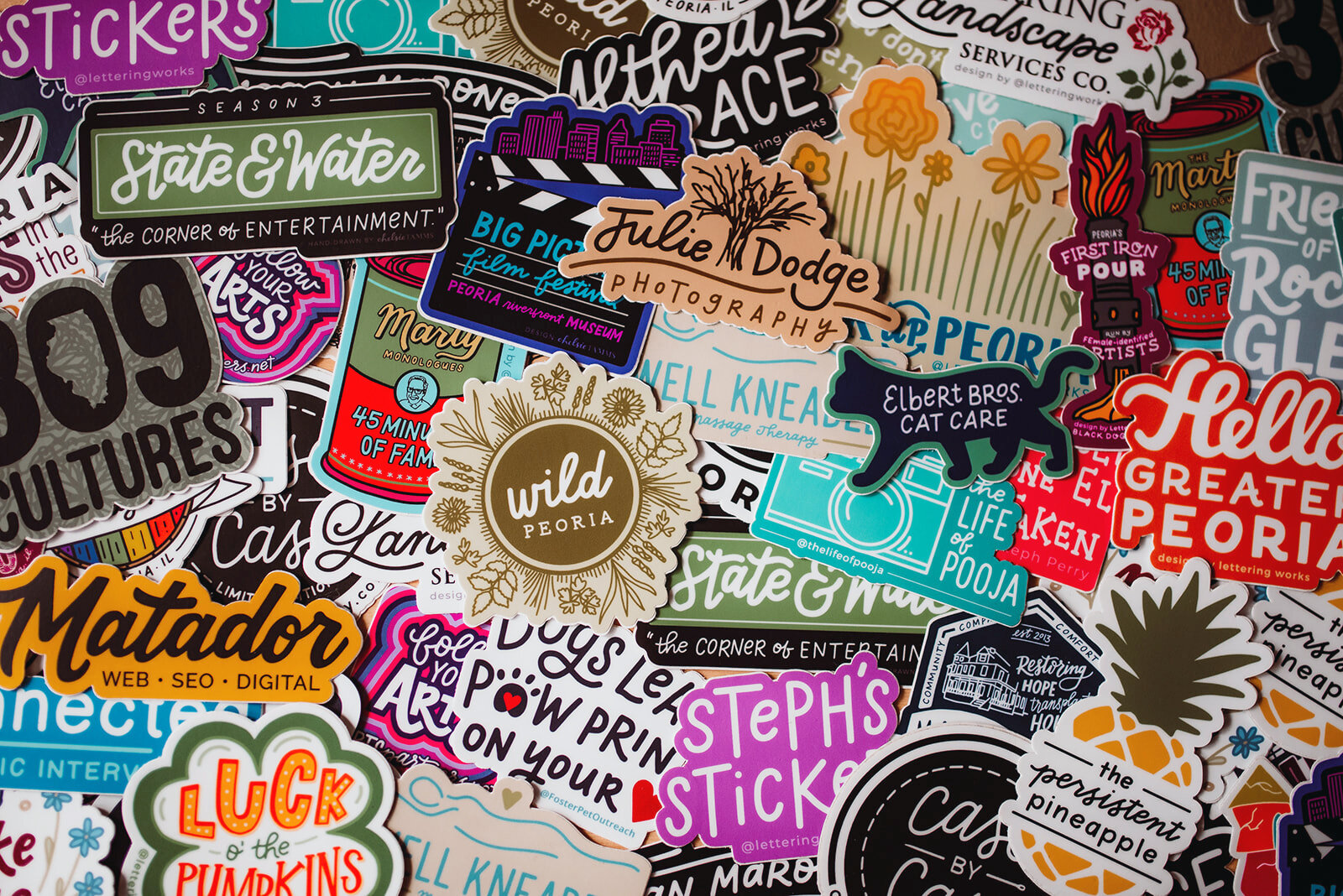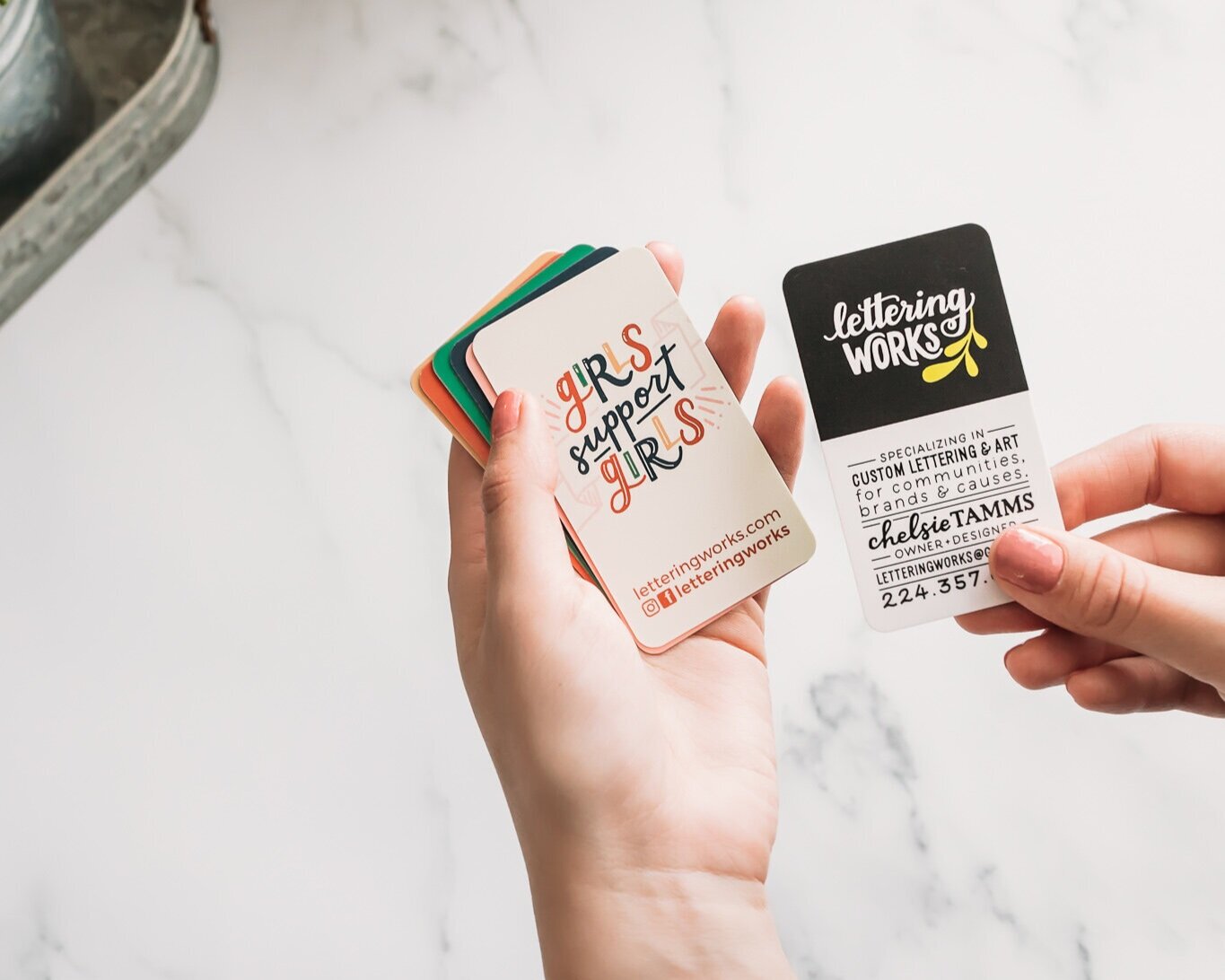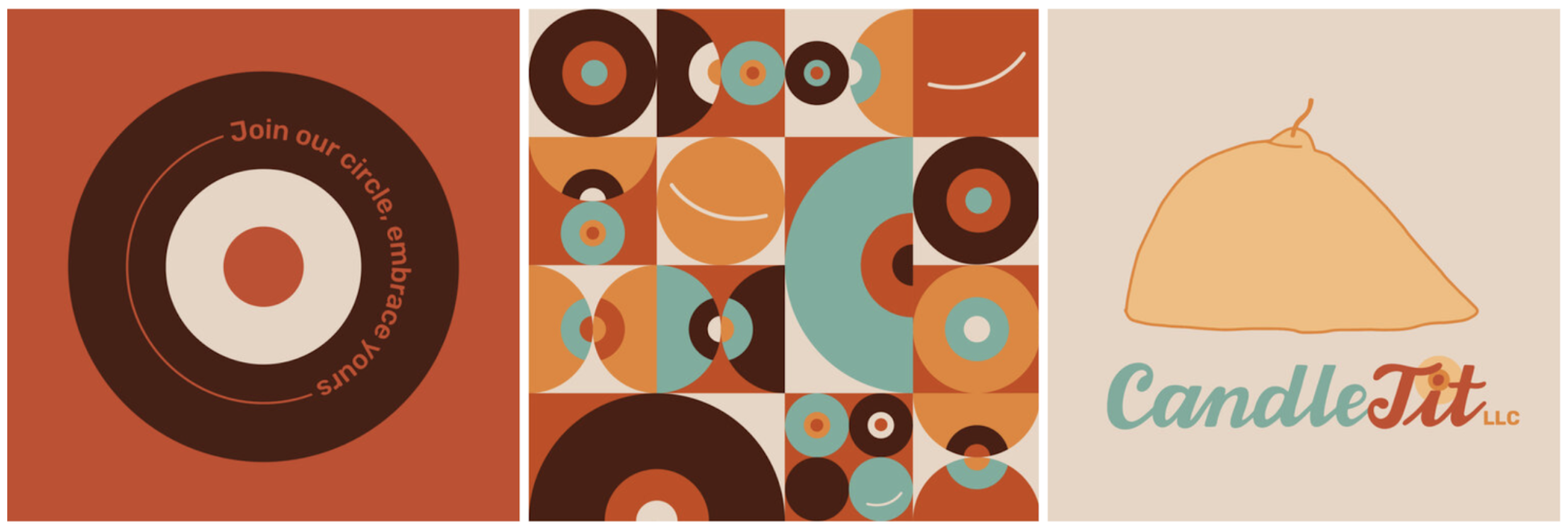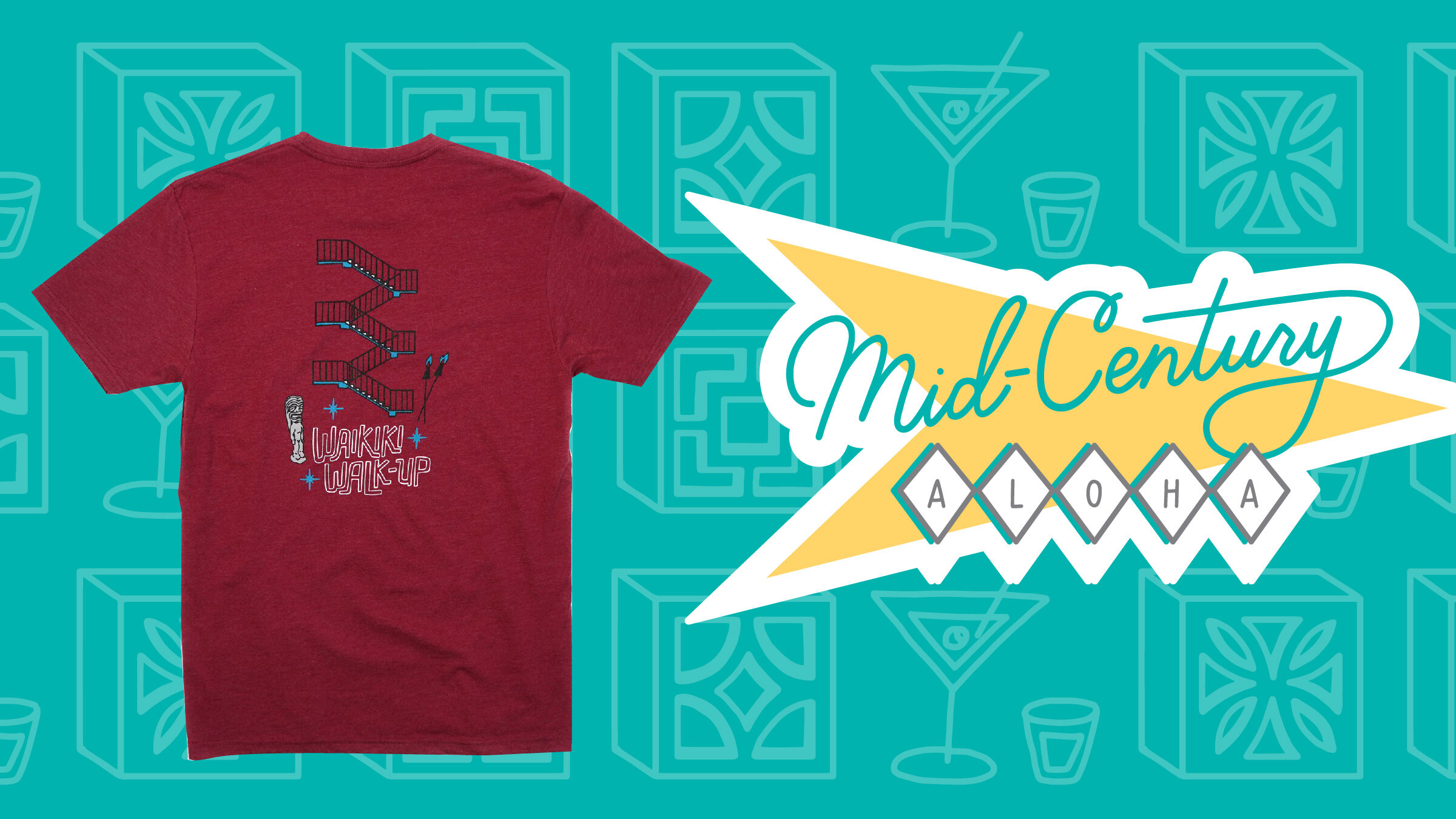What is Branding
What is Branding?
Did you know the delicious nuts sold by the name brand Wonderful Pistachios are claimed to be the exact same pistachios sold in the generic Trader’s Joe’s packaging? The only difference — branding.
While every brand has a company, not every company has a brand, and without a strong brand, even the most respected companies will struggle. Branding is critical for building a successful company and establishing a distinct branding strategy early on can make or break business. Doing so will create a clear guide for marketing efforts, and it will help customers and clients recognize and promote your company, its products and services.
To help you better understand what branding is, why it’s important and how to create a brand you’re proud of, we’ve created this handy little guide. For some inspiration, we also included some examples of some small businesses who have nailed their branding early on.
Table of Contents
Branding Definition
Why is Branding Important?
How to Create a Brand
5 Examples of Branding
Branding Definition
Branding tells the story of a company and its products or services through defined design elements that reflect the brand and promote its values.
Why is Branding Important?
Branding is important because it defines who your company is, what values it holds and provides visual cues for prospects and customers to identify your company and distinguish it from your competitors. There are a number of core elements that contribute to any successful brand — all of which we will cover in this section.
Brand Identity
Brand identity includes the defined visual and design elements — colors, fonts, imagery, and of course, logo. A strong brand identity provides a memorable experience for anyone who interacts with a company, product or service.
When defining the specific brand colors, fonts and imagery that will be replicated and adapted for company and product marketing, it’s important to consider how your decisions will elicit different emotional responses from your target audiences while at the same time distinguish your brand from others in your field of business.
For example, you’re at the grocery store looking at an aisle full of laundry detergent, and you are looking for an eco-friendly option. Your eyes are going to quickly skim past the vibrant colors of major brands screaming for attention and focus on a few bottles of softer colors and organic font-types. By building a brand identity that reflects the company’s values and connects with a specific consumer, the eco-friendly laundry detergents don’t even compete with the major name-brand detergents among their target audience.
Brand Voice
Brand voice is the unique vernacular utilized across marketing strategies that reflects a company’s values and compliments the visual aspects of the brand identity. Similar to people, brands should have their own voice and personality that effectively communicates with a specific group of people.
Even though your company is made up of numerous different people with their own unique voices and personalities, it’s important to establish guidelines for your brand voice so everyone has the tools to consistently communicate your company’s mission and values. This is important to provide to not only your marketing team, but your entire team because everyone working for your company will talk about your company, and you want that language to be consistent.
Brand Awareness
Brand awareness reflects the degree to which consumers recognize a brand — from its logo, name, color scheme, font, brand design — and relate it to a specific company.
In each industry, there are a select few iconic brands that dominate brand awareness so much so that their brand names have become synonymous with the industry with the brand itself. Here's a few brand-industry examples:
Coke - soft drink
Google - search engine
Kleenex - tissue paper
Uber - ride sharing
Netflix - streaming service
Rather than asking for a tissue paper, people often ask for a Kleenex, which is the brand name of the product, not the product itself. The same goes with each of these other dominant name brands in their industry. Many of these companies were the most or at least the first successful company in their industry, and for decades to come — people will continue to “Google” an inquiry or “ask for a coke” regardless of whether the company continues to dominate the industry or even stay in business.
Brand Value
Brand value is the financial worth of a brand. A high value brand indicates that it could be sold for, bought out or merged for top dollar.
This value includes all products, services, brand identity, logo, design, and it could also include the amount of time, money and resources it would take for you to rebuild a brand to that level.
Brand Equity
Brand equity differs from brand value in that it reflects your reputation as a brand with customers, consumers, brand ambassadors and stakeholders in your business.
There are a number of different metrics that can be accounted for to determine brand equity, and we’re not going to pretend to be experts on calculating such valuations. Instead, check out what Stanford Business School has to say about calculating the dollar value of brand equity. You may be shocked to find out that some of your favorite brands with high brand equity sell products that are identical in quality to lesser-known, affordable brands.
While it seems ridiculous for a person to pay substantially more for the same product with a different brand name, when it comes down to it, people often place a higher value on the brand than they do the actual product or service. Needless to say, branding matters.
How to Create a Brand
Now that we’ve reviewed what branding is and why it’s important, let’s delve into the juicy stuff — understanding how to actually create a strong brand that your target customers will love and consumers will soon recognize. Here are some of the core elements every great brand must have.
Custom Logo
There are countless designers and businesses that offer custom logo designs. Some offer custom logo designs for unbelievably low rates — like $100. However, there’s a few things you should consider before letting a low price tag win over the focal point of your entire brand strategy.
While the logo itself is visually small — in comparison to the rest of your website, social profile and overall brand — it can be mighty. Carefully designed logos have the power to communicate your brand, mission and vision in one concise design. And unlike a one-off social media graphic, your logo will be plastered on everything having anything to do with your company, so it’s critical that its message is highly effective.
Creating a high-quality custom logo takes a lot of time and communication between designer and brand manager to finalize a design that effectively communicates everything about the brand identity, voice and will build brand awareness, equity and value. You know the old saying, a picture is worth 1,000 words, so invest in a logo that can effectively tell your company’s story.
Still not sold on the importance of a high-quality logo? Learn more about why your logo can’t (and shouldn’t) cost under $100.
Website Design
In today’s world, a well-designed website is non-negotiable. While anyone can purchase a domain name and affordable website template, it’s not going to make their website stand out. With an unlimited source of domains and content on the internet, it’s more pertinent than ever before for businesses to invest in a custom website design that distinguishes them from competitors and offers a unique user experience for customers.
Now, this is not to say that you shouldn’t ever utilize a template and get scrappy with some design apps to get your business off the ground. However, to establish your business as a legitimate competitor with a memorable brand, eventually you will need to invest in design help. When this time comes, make sure to carefully select a designer that is able to create a website brand and design that encompasses your mission and vision. Doing so will ensure that no matter where people interact with your company, its products and services, they will receive a consistent and seamless branded experience.
Business Card Design
Even though we are very much in a digital age, business cards are still utilized and play an important role in marketing and networking. Similar to logos, a quality-designed business card will leave a stronger impression on your network than if you hand them a thin piece of paper with a quick and sloppy design.
Practically thinking, business cards aren’t incredibly useful — people offer them as a way to share information and then they’re thrown away. However, if you hand someone a business card with a stunning design on sturdy cardstock, they’ll not only be more hesitant to throw it away, they will be more likely to keep it and utilize the information on it. Design a card that’s useful and effective by making your business card stand out.
Brand Marketing
Brand marketing is the process of marketing your brand. Branding and marketing should go hand-in-hand because both strive to promote your products and services through congruent messaging and visuals. However, brand marketing focuses specifically on marketing the brand rather than the products or services.
Why would you market your brand over your products and services? Well, think of it this way. When you shop, how do you pick the products and services you’re going to invest in? You typically make decisions based on the most reputable brand or the company with which you’ve previously had a positive experience.
Here’s an example that most people can relate to. When you’re looking to get help for mechanical work on your car or medical services for your family, do you pick a provider who is the cheapest and most convenient but you’ve never heard of them? Typically, no. If you’re a first time client, you do your research — ask friends, look for online reviews and in doing so, you find a trustworthy brand. Perhaps your purchasing confidence is boosted when you recognize the brand logo, their website is easy to navigate, and above everything else, you become comfortable and confident in your decision.
With a well-thought out marketing plan, your brand has the power to attract, convert and build lasting relationships with your customers without you having to do the heavy lifting.
What is a Brand Strategist?
Brand Strategists help companies create a successful and consistent brand. Depending on their skillset, their work can include establishing, coordinating or building the brand identity, brand vision, brand voice, brand equity, brand value and overall brand awareness that we mentioned above.
Additionally, if they are both a designer and strategist, they can help create a well-thought-out custom logo design, business card design, website design, product design and brand marketing strategy.
In an ideal world, you’d be able to find the perfect brand strategist who is both a designer with experience in strategic brand management. However, most brand strategists and designers are willing and eager to partner with the other in order to fulfill the unique needs of your business.
The challenge for business owners is to find the right person/people to build a successful and effective brand strategy. And while some business owners attempt to tackle the branding and design themselves, eventually any successful business will need to outsource to experts.
5 Examples of Branding
There’s no doubt there are tons of great examples of major companies who have nailed their branding strategy. However, they didn’t start out as branding superstars. They started small, and they grew their efforts. As their businesses evolved, they continued to invest in strategic branding, which built brand awareness and trust among their target audiences and thus brought in more customers and clients. Instead of seeing where they ended up, we decided to select a few smaller businesses we think are doing branding well for their size and in their industry.
CandleTit
CandleTit LLC is a candle making company that molds candles from real breasts with the mission of celebrating breast diversity across the gender spectrum as well as supporting anyone undergoing breast surgery.
What we like about CandleTit’s branding:
Jam packed with visual cues and language that alludes to their product, mission, and values
Bright and bold colors reflect the products
Several skin tones are incorporated into the color palette which connects to their mission of celebrating breast diversity
Bold concentric circle pattern embodies a 70s vibe and serves as a unique visual representation of breast diversity
Funky script exudes a 70s vibe too
Concentric circles behind the i are clever and consistently used throughout the brand
What you can take away from CandleTit’s branding:
Create a mood and vibe that reflects your personality as a whole
Create a brand with a personality your target audience wants to meet and become friends with
Make your brand relatable and shareable so your most loyal fans become brand ambassadors
Learn more about how CandleTit LLC built a brand they were actually proud to share with people.
2. Mid-Century Aloha
Mid Century Aloha is a brand that celebrates mid-century modern charm and island life. They specialize in all-original, artist-designed tees for wear aloft, poolside, or oceanfront.
What we like about Mid Century Aloha branding:
Captures the vibe of Hawaii
Pays tribute to the island life and historical buildings while feeling fresh and reinvented
Focus on quality throughout all details/elements (from logos to shirt designs to tags)
There is warmth throughout all of the designs, from the colors used to the illustrations, and even photos shared across social media
What you can take away from Mid Century Aloha’s branding:
Fill your brand with culture
You can pay tribute to cultures you like and also develop your own
Have fun building your brand
Learn more about the inspiration behind Mid Century Hawaii’s branding.
3. Up Beet Jams
Up Beet Jams is a vegan, plant based meal service that comes with a weekly music recommendation.
What we like about Up Beet Jams branding:
The brand is so fun and vibrant - from being plant based to the fun food names to the musical recommendations that accompany the food
There is a playful approach to all aspects
The colors reflect the vibrancy of the whole foods used in the meals
The brand is approachable, which is important for a vegan brand that wants to be an introduction to eating more plant-based foods
What you can take away from Up Beet Jams branding:
Get creative with every aspect of your brand - naming the meals is a great extension of the brand
Don’t be afraid to be bold and playful, lean into what makes you unique
Consistency (and templates) are your friend. The menus are shared in the same format each week, but it works great because customers know what to expect and it keeps the graphics recognizable
Learn more about the person behind Up Beet Jams business and branding
4. The Spot Coffee
The Spot Coffee is a coffee shop in Peoria, Illinois serving local artisan coffee, gourmet tea, and baked goods.
What we like about The Spot Coffee branding:
The use of lettering makes the coffee shop feel approachable and welcoming
The design is simple, helping keep the focus on the products themselves
What you can take away from The Spot Coffee branding:
Branded merchandise can be a great way to extend your brand into more creative applications.
When you have a large following, it can be helpful to have a variety of branded pieces for purchase so your biggest fans can help spread the word
Be sure that your logo works well on a variety of formats, everything from a small cup sleeve to a three-dimensional indoor sign, to door signage, and outdoor signage too
Learn more about the branding tactics behind The Spot Coffee
5. Practice Simple Wellness - Joyce Anne Day
Practice Simple Wellness is a lifestyle brand by Joyce Anne Day that incorporates essential oils, healthy living practices, and simple tips and tricks to take care of you.
What we like about Practice Simple Wellness’ branding:
It’s clean and fresh, which reflects the nature of the products offered.
It’s light and airy, which feels clean and healthy, and focused on improvin
g your life
It has a professional, yet DIY vibe, which aligns well with the offerings
Professional grade stickers are used for the labels, reinforcing the high quality nature of the brand
Simple ingredients, simple designs.
What you can take away from Practice Simple Wellness’ branding:
Keep it simple and reflecting what you offer
Don’t overcomplicate things and feel like you need to include every use and scenario in your packaging, you can supplement needed information by directing to your website
Professional brand photography will make you feel confident and ready to share your business with the world
Learn more about why Practice Simple Wellness prioritized brand photography
Ready to get your brand working as hard as you do? Hire Lettering Works for all of your custom logo, brand development and creative strategy needs. Book a FREE 20-minute consultation call to get started. We’ll answer your initial questions and help you gain clarity on what building your dream brand could look like.
